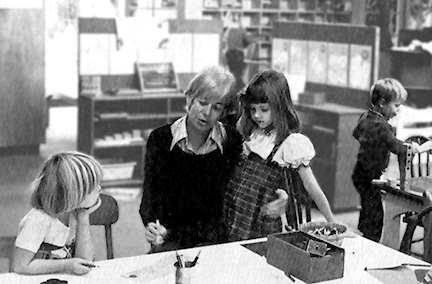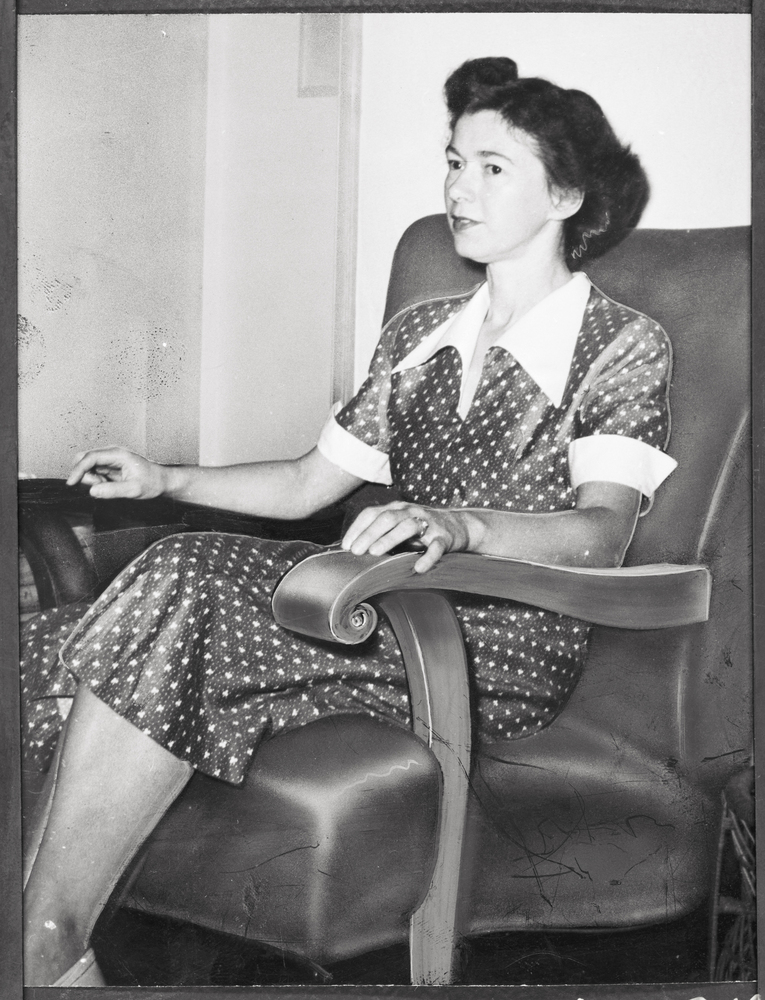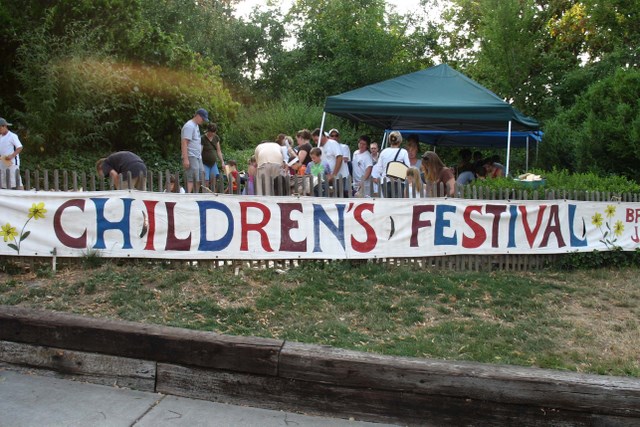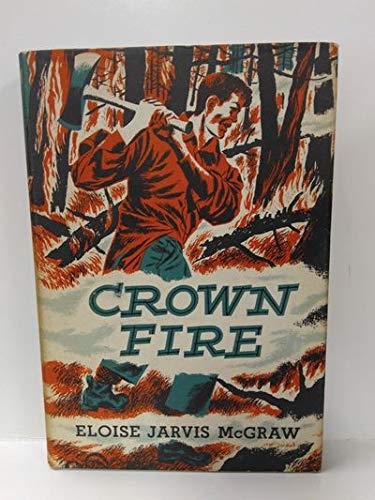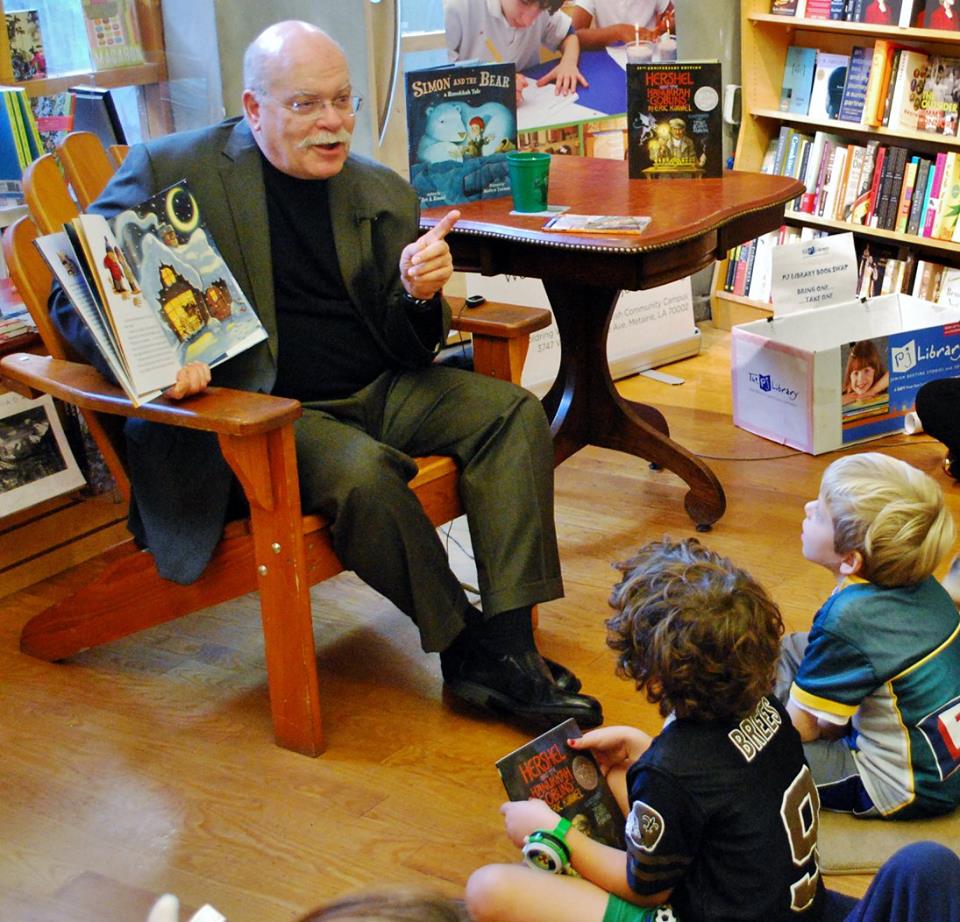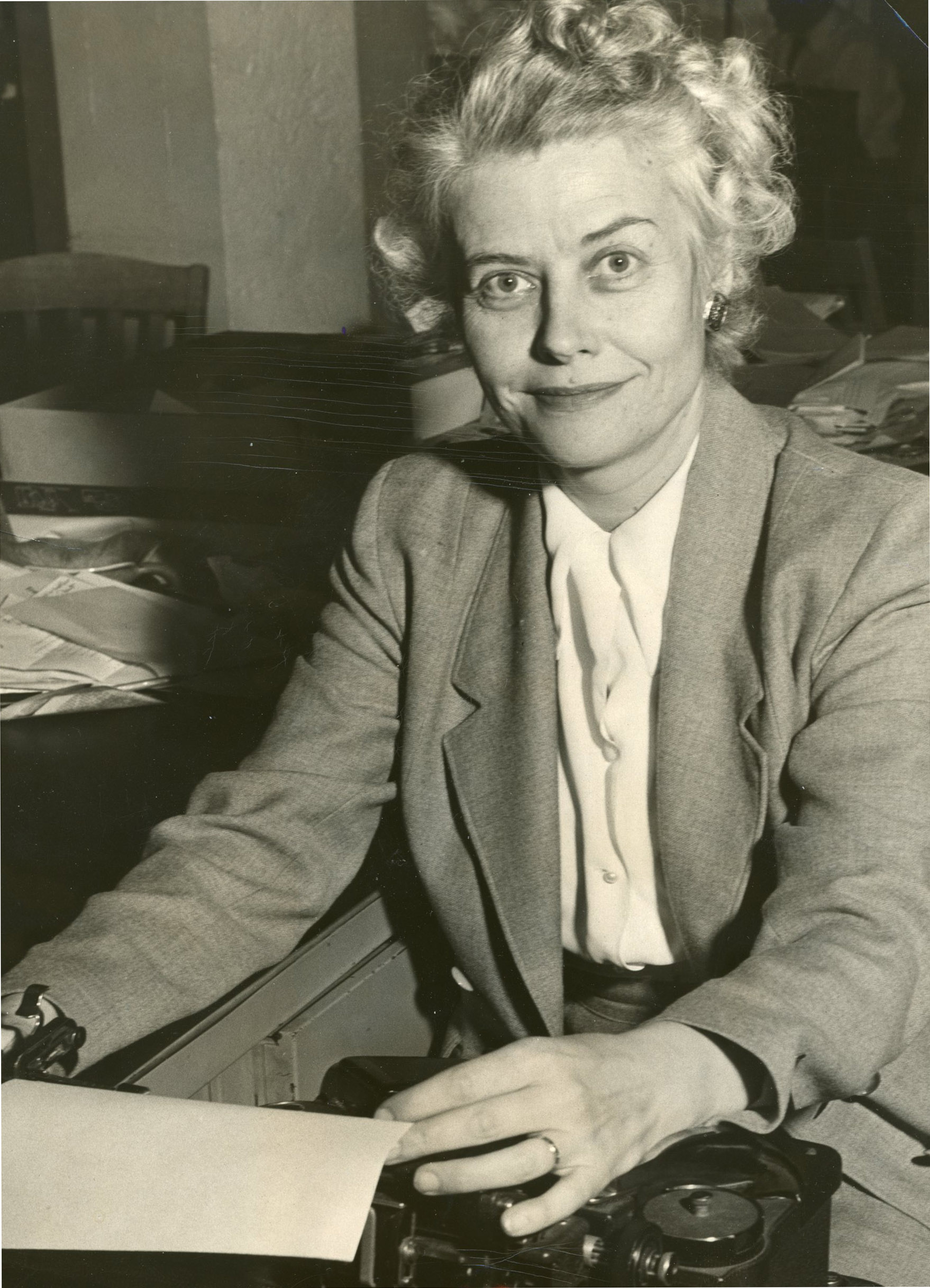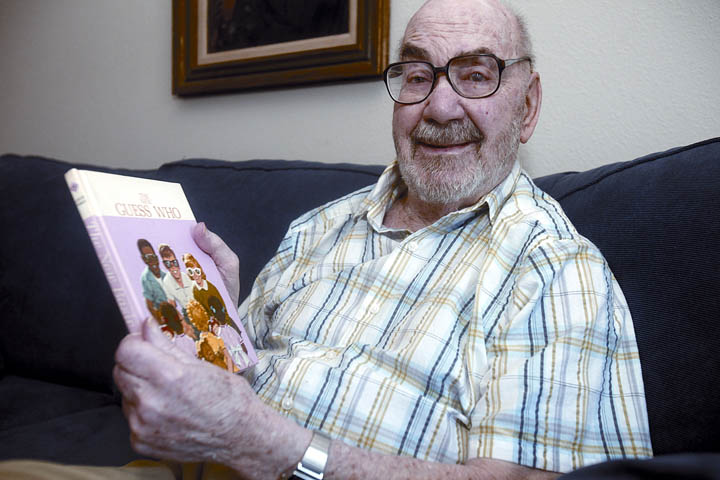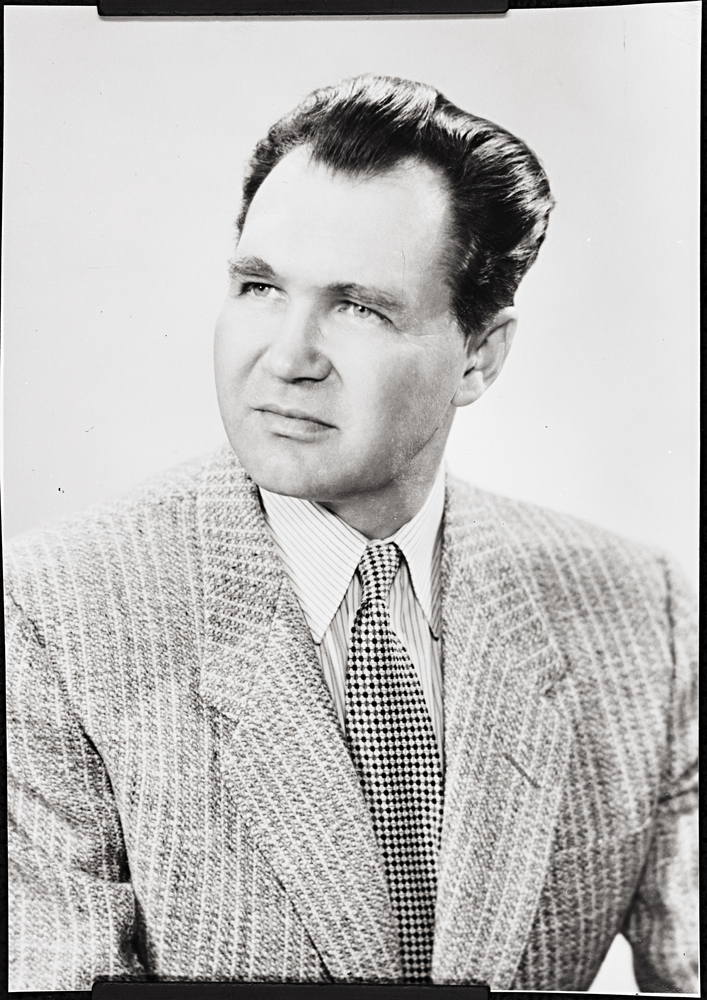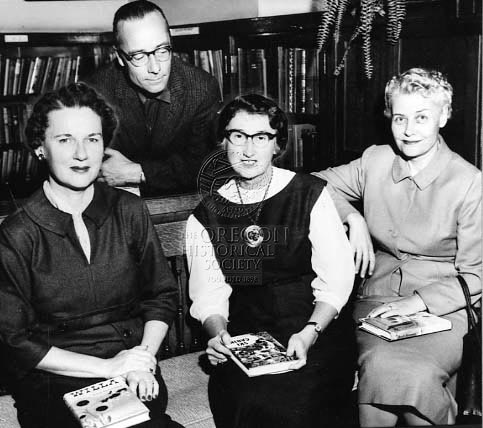Bob Books was the brainchild of Bobby Lynn Maslen, a preschool teacher at Catlin Gabel School in Portland from 1968 to 1980. Her students had a desire to be readers and to discover how words and pictures tell a story, and she searched for engaging books that used the letter-sound concepts they were learning. When she couldn’t find materials that she thought would work, she created Bob Books, a highly successful series that has been in print since 1980.
In the early 1970s, when Bobby was beginning her search for primary reading materials, the iconic Dick and Jane Books were widely used. Based on a “look-say” concept, targeted words are repeated throughout those books, encouraging children to recognize and read familiar words on sight. Maslen took a different approach. Using typing paper cut into postcard-sized pages, she and her students created stories that used three-letter words and a handful of letters. Through trial-and-error they created the first Bob Book, Mat, which employed only four words—Mat sat on Sam—made of the letters a, m, s, and t, plus the sight word “on.” Maslen wrote out simple sentences and helped students identify the letter sounds (decoding) in each word. Then she and the students made line drawings to fill in the action.
Encouraged by the positive effect the books had, Maslen printed three hundred sets at the school print shop and packaged them in plastic sandwich bags for students to use in the classroom and at home. The initial goal was to produce one set of a dozen twelve-page books. Maslen had a degree in design from the Rhode Island School of Design School, and her husband John, a watercolor artist and architect, illustrated the books, creating line figures similar to those the students had drawn at school.
The demand for Bob Books grew, with requests coming from parents and then friends of parents who wanted to buy them. More sets of the books followed, and in 1980, the Maslens decided to create, produce, and sell the books themselves at their home in West Linn. They were soon filling orders from around the country. Through her use of a predominantly phonics-based approach, her understanding of what appealed to children, and her business acumen, Bobby Lynn Maslen was a literacy innovator whose books would influence generations of readers worldwide.
Bob Books received positive reviews in the Washington Post, USA Today, and other newspapers, and in 1994 was licensed by Scholastic Inc. The books are now available internationally, with significant use in Asia and Europe. As of 2018, over 16.5 million Bob Books were in print. Scholastic sells over a million sets a year, published as apps and games in addition to printed and digital books.
Bobby Maslen died of complications of Alzheimer disease in August 2018 at the age of eighty-seven. John Maslen lives in Portland, and daughter Lynn Maslen Kertell manages the family connection to the business.
-
![]()
Bobby Lynn Maslen at Catlin Gabel, 1970.
Courtesy Bob Books
-
![]()
Bob Books.
Courtesy Scholastic Books
Related Entries
-
![Beverly Cleary (1916-2021)]()
Beverly Cleary (1916-2021)
Beverly Cleary is Oregon’s most famous author of children’s books. Born…
-
![Children's Festival]()
Children's Festival
Each July, the Storytelling Guild of Medford presents the Children's Fe…
-
![Eloise Jarvis McGraw (1915–2000)]()
Eloise Jarvis McGraw (1915–2000)
When Literary Arts gives the Eloise Jarvis McGraw award to the best Ore…
-
![Eric A. Kimmel (1946–)]()
Eric A. Kimmel (1946–)
Eric A. Kimmel is Oregon’s most prolific writer of children’s and young…
-
![Evelyn Sibley Lampman (1907–1980)]()
Evelyn Sibley Lampman (1907–1980)
Evelyn Sibley Lampman was one of three Oregon writers of young adult an…
-
![Richard Henderson Wiley (1919-2013)]()
Richard Henderson Wiley (1919-2013)
Richard Henderson Wiley, one of Oregon’s most successful commercial art…
-
![Walt Morey (1907-1992)]()
Walt Morey (1907-1992)
Walt Morey (1907-1992) was one of four iconic writers who dominated chi…
-
![William Corbin (1916-1999)]()
William Corbin (1916-1999)
William Corbin McGraw and Eloise Jarvis McGraw, husband and wife, were …
Map This on the Oregon History WayFinder
The Oregon History Wayfinder is an interactive map that identifies significant places, people, and events in Oregon history.
Further Reading
Kate, Kelly. “Bob Books turn tots into readers.” USA Today, 6-23-1993
“Bob Lends a Hand: Paperbacks for Preschoolers do the job” Washington Post 4-16-1993
Smith, Harrison. Washington Post (Obituary). 9-4-2018
Bobbooks.com. 'Learn More'
1 Phonemic awareness is one of the best predictors of success in learning to read.
International Reading Association, 1998
2 Phonics instruction improves children's ability to identify words.
National Academy of Education, Center for the Study of Reading, 1984
Resources
Wang, Amy. Oregonian Live. 10-9-2009
NY Times Obituary. 10-31-2018
“Bob Books Success is Built on Giving Young Readers a Big Boost”. Seattle Post Intelligencer. 5-2-1995

